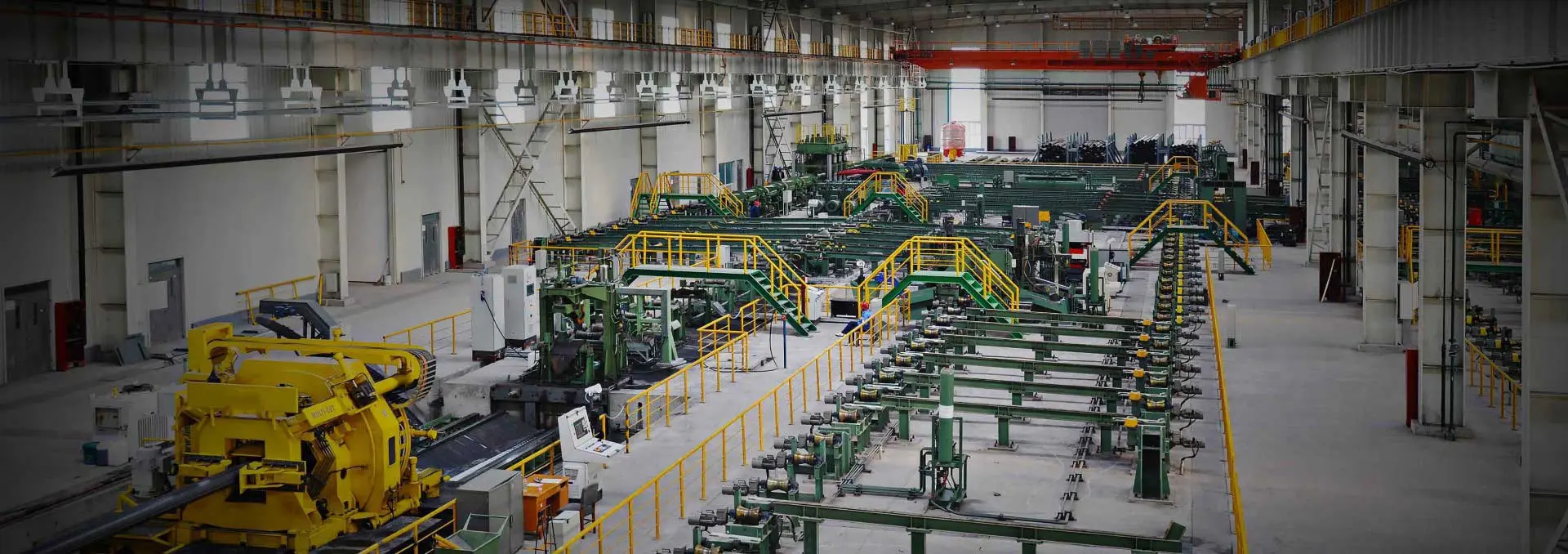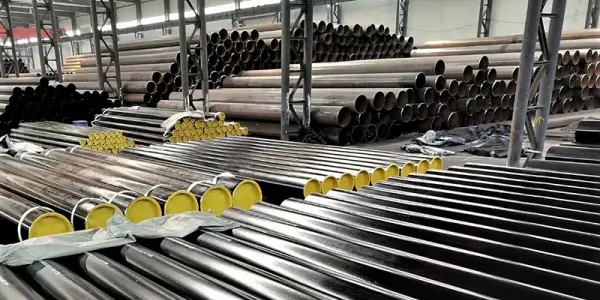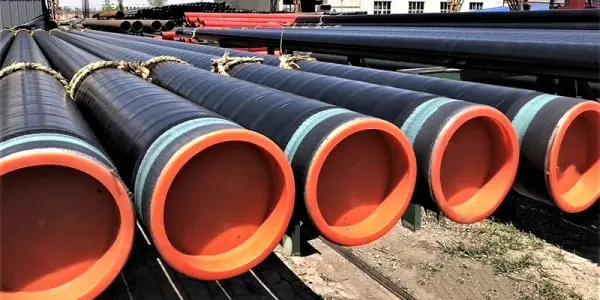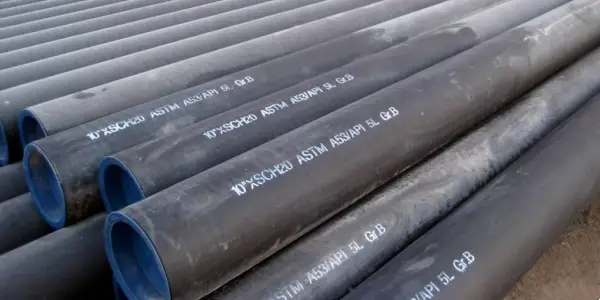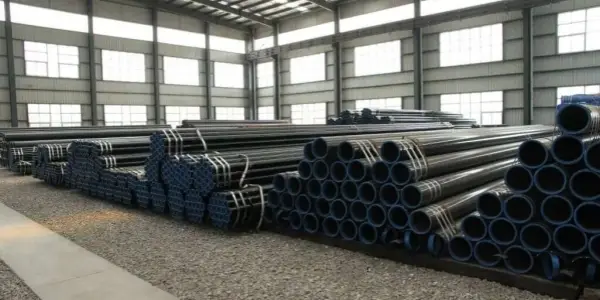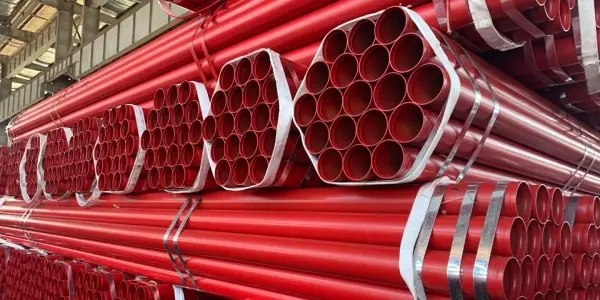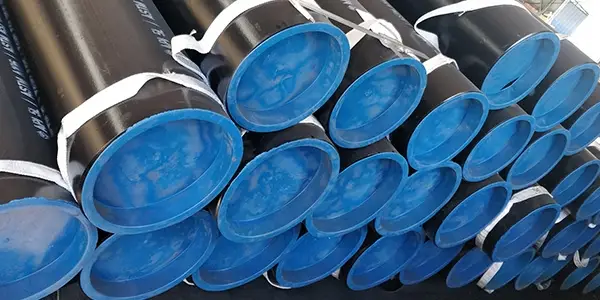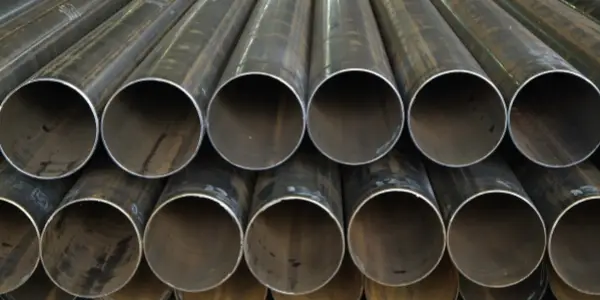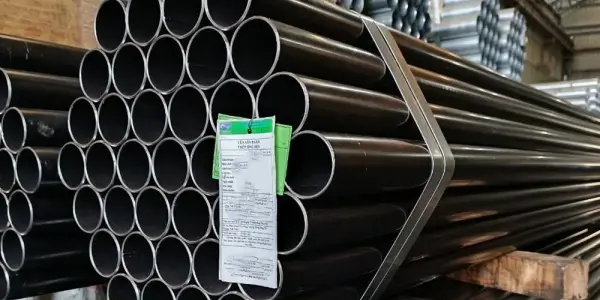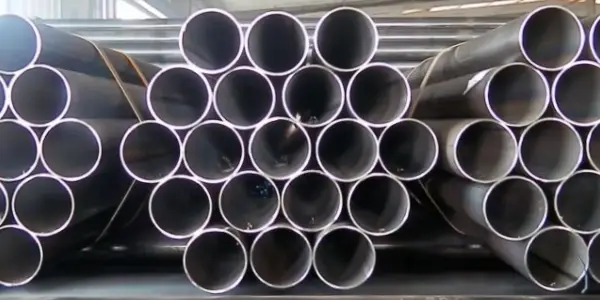-
Anti-corrosion methods for ERW steel pipes
ERW steel pipe anti-corrosion technology encompasses various methods applied to the surface or interior of welded steel pipes to slow down or prevent corrosion and extend the pipeline's service life. These technologies include surface treatment, coating protection, and cathodic protection. This article delves into several anti-corrosion methods for ERW steel pipes.
Read More
-
3PE anti-corrosion pipe manufacturing process
The 3PE (Three-layer Polyethylene) anti-corrosion pipeline is widely used for its excellent corrosion resistance and mechanical properties. The 3PE coating process involves applying three distinct layers onto the pipe surface, ensuring long-term protection against corrosion, especially in harsh environments such as underground and underwater.
Read More
-
ASTM A53 pipe raw material
ASTM A53 pipe, is a specification for seamless and welded black and hot-dipped galvanized steel pipe. It is primarily used for mechanical and pressure applications as well as for steam, water, gas, and air lines. This article will talk about the raw material of ASTM A53 pipe.
Read More
-
JIS G3452 carbon steel pipe
JIS G3452 is a Japanese industrial standard that specifies the requirements for carbon steel pipes used for ordinary piping. These pipes are commonly utilized in various applications, including plumbing, gas piping, and other industrial uses where moderate pressure and temperature conditions are present. Here is a detailed overview of JIS G3452 carbon steel pipes.
Read More
-
Fire sprinkler system pipe material
When choosing pipe materials for a fire sprinkler system, several factors need to be considered, including the type of building, local fire codes, cost, durability, and corrosion resistance. Below are the commonly used materials for fire sprinkler system pipes and their respective advantages and disadvantages.
Read More
-
API 5L welded steel pipe
The American Petroleum Institute (API) released the API 5L standard in early 1926, initially covering three steel grades: A25, A, and B. Over time, additional grades were introduced. By the year 2000, the global use of steel grades for pipelines was distributed as follows: X70 accounted for approximately 40%, X65 and X60 for about 30% each, and a significant number of small-diameter product pipelines used X52 steel grade, primarily for resistance-welded straight pipes (ERW steel pipes).
Read More
-
4 welded steel tube connection methods
Welded steel pipes are fabricated by rolling steel plates and welding them along a mold of a specified diameter. These pipes are widely utilized in industries such as construction, machinery manufacturing, and bridge engineering due to their high production efficiency, rigidity, and pressure resistance, especially in larger sizes. Welded pipes are generally categorized into carbon steel pipes and stainless steel pipes.
Read More
-
Application scope of low carbon steel pipe
Low carbon steel pipe, also known as mild steel pipe, is a crucial industrial material with a wide range of applications across many fields. From construction to machinery, and from energy to the chemical industry, low carbon steel pipes play an indispensable role. Below, we detail the application range and significant roles of low carbon steel pipes in various fields.
Read More
-
Processing technology of structural carbon steel seamless pipes
With the continuous development of industry, carbon steel seamless pipes (CS SMLS Pipe) are increasingly utilized in various fields, attracting significant attention to their processing technology. These pipes offer advantages such as a hollow cross-section, uniform wall thickness, smooth internal and external surfaces, and stable quality. They are widely used for transporting oil, natural gas, water, and other fluids, as well as in structural and mechanical applications. This article introduces the six major processing technologies for carbon steel seamless pipes used in structural applications.
Read More
-
Introduction to carbon steel welded pipe hardness
Carbon steel welded pipes are widely used in various industries due to their strength, durability, and versatility. A key property that determines the suitability of these pipes for different applications is their hardness. Hardness in carbon steel welded pipes is commonly measured using three standard methods: Brinell, Rockwell, and Vickers hardness tests. Each of these methods provides a different approach to assessing the material's resistance to deformation and wear.
Read More

 English
English Español
Español




 Tel : +86-18565811709
Tel : +86-18565811709 Email :
Email : 